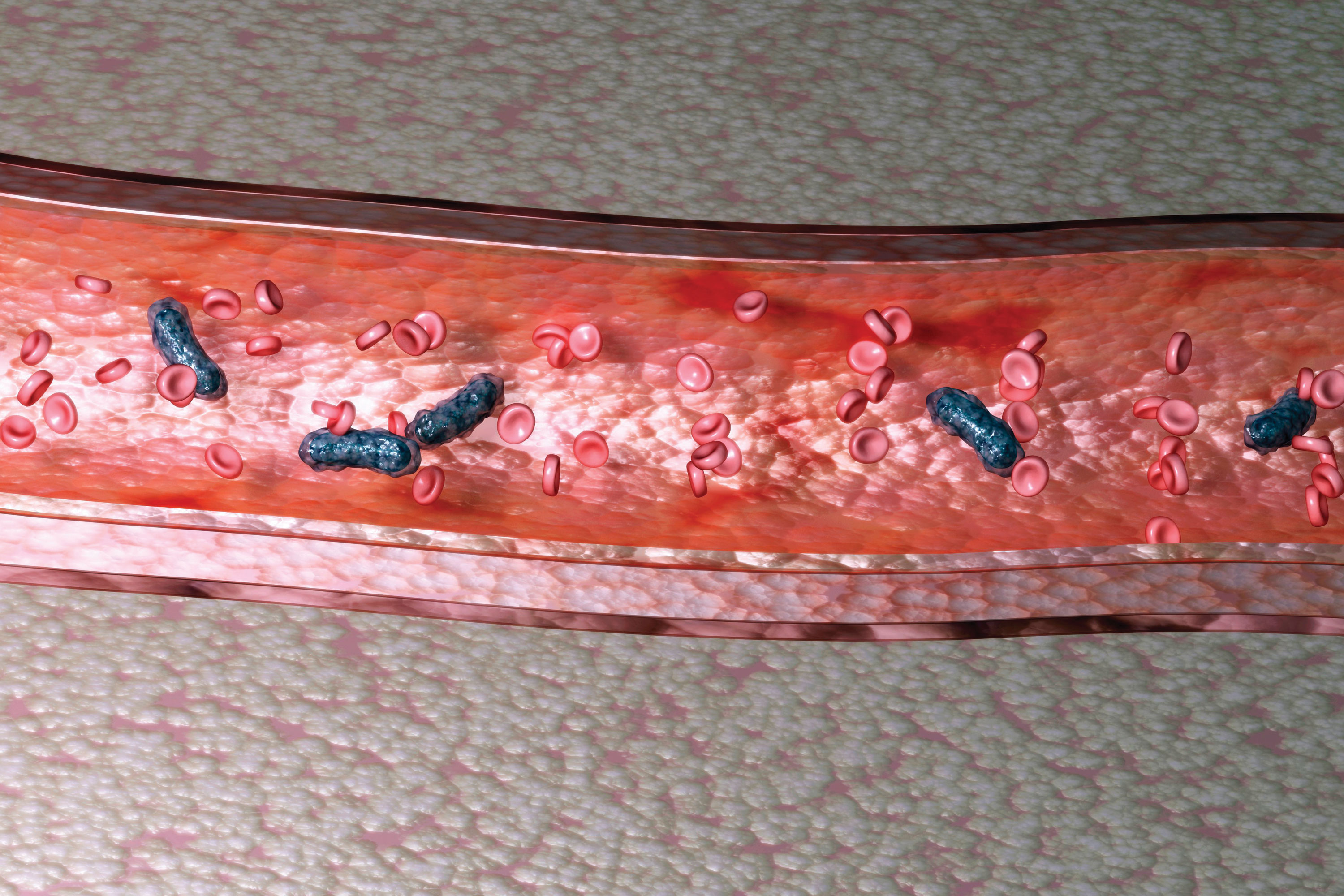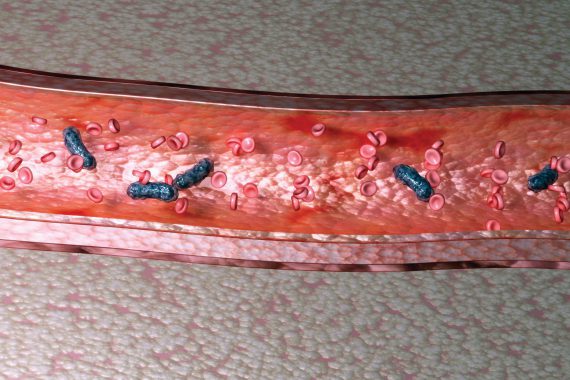
The guideline
NICE’s new guideline on sepsis has been published with the aim of improving early diagnosis and assessment of the condition, given the overlap between the signs and symptoms of the condition and other respiratory infections and disease.
Key points for GPs
- GPs should think ‘could this be sepsis?’ if a patient presents with signs or symptoms that indicate possible infection.
- Assess temperature, heart rate, respiratory rate, blood pressure, level of consciousness and oxygen saturation if you suspect sepsis in adults.
- For children under the age of 12, the above applies, but blood pressure testing is replaced with capillary refill time.
- Temperature should not be used as a sole predictor of sepsis. Take into account that people with sepsis may have non-specific, non-localised presentations.
- Fever or hypothermia should not be used to rule sepsis in or out.
- Pay attention to concerns expressed by the person and their family or carers, for example highlighting changes from usual behaviour.
Practical issues
The guidance does not cover prevention. And admitting doctors might need to be reminded that admission of patients should not be delayed while searching for available pieces of equipment to measure vital signs, such as correctly sized blood pressure cuffs for children, or a blood oximeter to measure oxygen saturation.
Expert comment
Dr Daniel Albert, a GP and urgent care doctor in Cumbria, says: ‘This NICE guideline probably provides the best advice on recognition and treatment of sepsis anywhere, whether in or out of hospital.
‘The algorithms it contains are really useful, but only if they are available to GPs when needed. And while risk stratification of sepsis does not depend on blood glucose – it is not in the algorithms – finger-prick measurement should be considered in all seriously unwell people.
‘Local infections that look like they are either becoming systemic, or are likely to become systemic, should be treated very seriously, even if the physiology of the patients is still normal.’
Pulse October survey
Take our July 2025 survey to potentially win £1.000 worth of tokens













